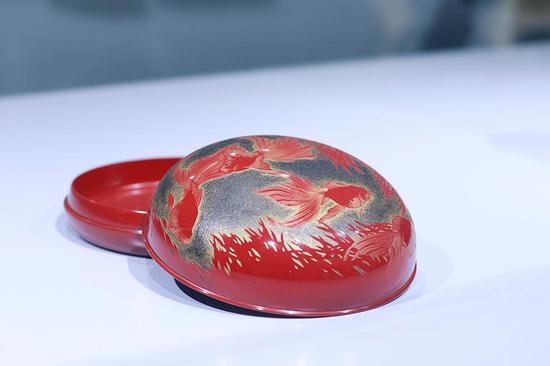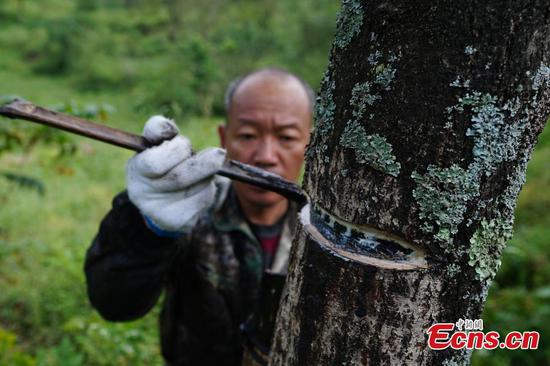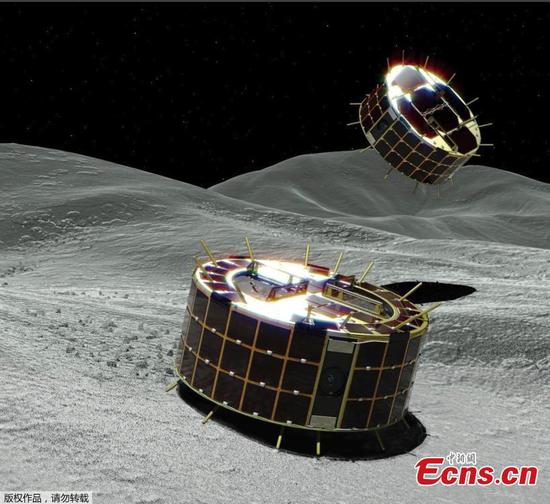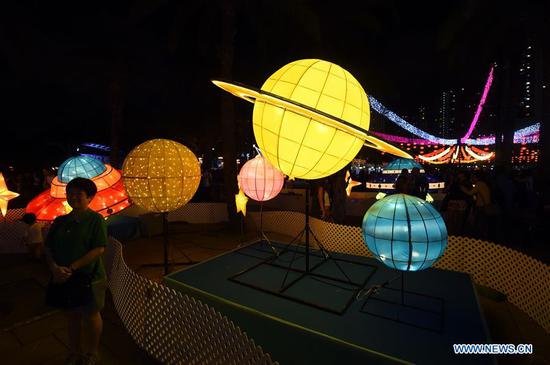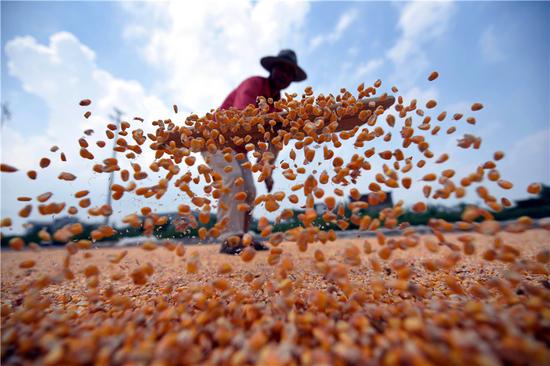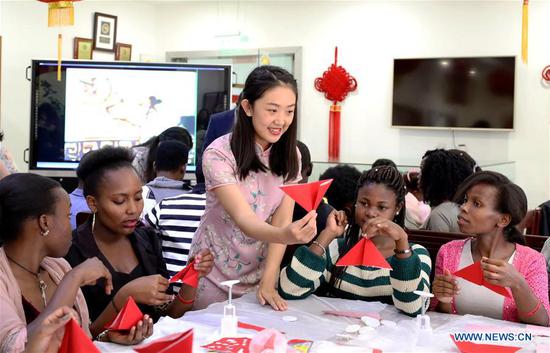A team led by scientists at Australia's Curtin University have created a much cheaper and environmentally friendly way of turning solar energy into clean fuels like hydrogen.
In a paper published on Tuesday, researchers described how they developed tiny nanocrystals as highly efficient catalysts to generate solar energy for the production of clean fuels.
"Previously, in order to use catalysts to derive energy from sunlight and transfer it into clean fuels such as hydrogen, we would have had to use cadmium-based semiconductors in combination with expensive noble metals including platinum, iridium and ruthenium," lead researcher Dr Guohua Jia from Curtin's School of Molecular and Life Sciences explained.
"However, the high toxicity of cadmium and the high cost of noble metals are considerable obstacles to their widespread use."
The team have now invented tiny crystals that do not contain any noble and toxic metals and can be directly used as environmentally friendly catalysts to convert solar energy into hydrogen.
With hydrogen considered instrumental in the transition to a low carbon economy, Jia believes the method could be revolutionary in reforming high energy cost activities like powering cars as well as various industrial processes.
"These nanomaterials may be of great interest to the energy industry, as they are made from cheap and near-abundant elements and offer industries a potential cleaner and cheaper fuel source," Jia said.













